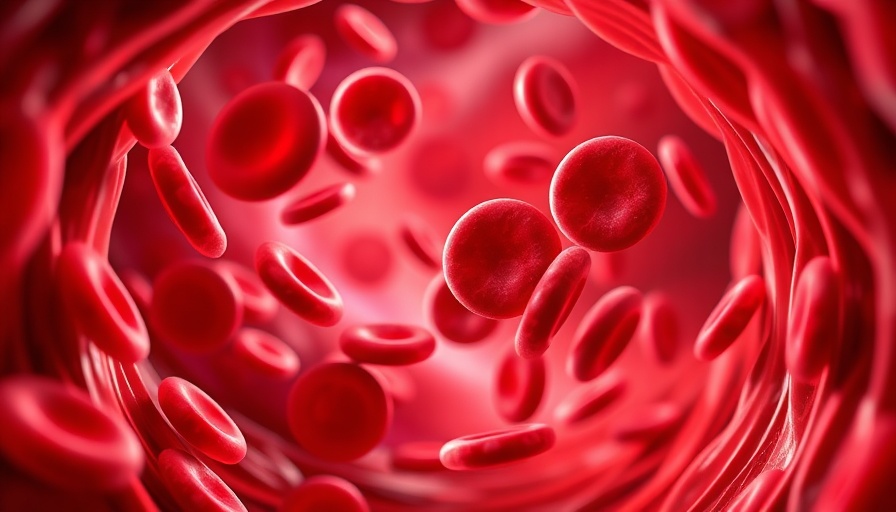
A Revolutionary Moment in Sickle Cell Treatment
In a significant leap forward for medical science, 21-year-old Sebastien Beauzile has become the first patient in New York to be cured of sickle cell anemia, a disease that has affected him since birth. Beauzile’s successful treatment at Cohen Children’s Medical Center marks a pivotal moment in the fight against a genetic condition that has historically been a burden for thousands, particularly within the African, Mediterranean, and Middle Eastern communities.
The Technology Behind the Cure: Lyfgenia
This groundbreaking transformation comes via an advanced gene therapy known as Lyfgenia, which works by utilizing Beauzile’s own stem cells. As indicated by experts at Northwell Health, the procedure involves extracting the patient’s blood stem cells, genetically modifying these cells to incorporate normal hemoglobin genes, and infusing them back into the patient after chemotherapy clears out the dysfunctional blood cells. This method not only provides a cure but also minimizes the risks typically associated with donor transplants.
A Glimpse into Sickle Cell Anemia
Sickle cell anemia has plagued many individuals with symptoms ranging from chronic pain to severe health complications, even shortening lifespans by an average of 20 years. The disease arises from inheriting defective forms of the hemoglobin gene, which leads to the formation of sickle-shaped red blood cells that hinder oxygen transport and lead to complications like blood clots and strokes.
Celebrating a Historic Milestone
Dr. Jeffrey Lipton, a leading figure in pediatric hematology at Cohen Children’s Medical Center, emphasized the significance of this achievement: “Sickle cell disease was first described in 1910, and now, over a century later, we are witnessing the first cure. This highlights the advancements made in genetic therapies and the hope they bring.”
The Impact on the Community
Besides its technical triumph, Beauzile's story resonates deeply within the communities affected by sickle cell disease. With over 100,000 individuals suffering from this disorder in the U.S., treatment advancements can potentially transform countless lives. This case serves as a catalyst for wider adoption and funding for sickle cell research.
Challenges Ahead: Cost and Accessibility
Despite the promising results, the price tag for Lyfgenia is a staggering $3.1 million per treatment. This raises serious concerns regarding accessibility for the general patient population. As civil rights attorney Ben Crump has already pledged $100,000 to Northwell Health to support ongoing sickle cell treatment efforts, it underscores both the urgency of increasing funding for these therapies and the push for broader insurance coverage.
Future Prospects and Treatment Trends
With the successful application of Lyfgenia, there is hope for regulatory bodies to facilitate approvals for similar therapies that could ease the financial burden on patients. Genomic therapies like these could herald a new era of treatment for hereditary diseases, making once-intractable problems manageable, if not curable.
Continuing the Conversation
As stakeholders from different sectors grasp the significance of Beauzile’s case, health practitioners must stay informed. Innovations such as Lyfgenia reflect the potential of emerging technologies in healthcare. As concierge health practitioners, keeping abreast of these innovations not only addresses immediate patient needs but also aligns with the future landscape of healthcare.
It is imperative to follow developments in gene therapy and policies supporting the sickle cell community. Taking action towards awareness and research funding can help future patients like Sebastien experience a life liberated from the burdens of their conditions.
 Add Row
Add Row  Add
Add 






Write A Comment